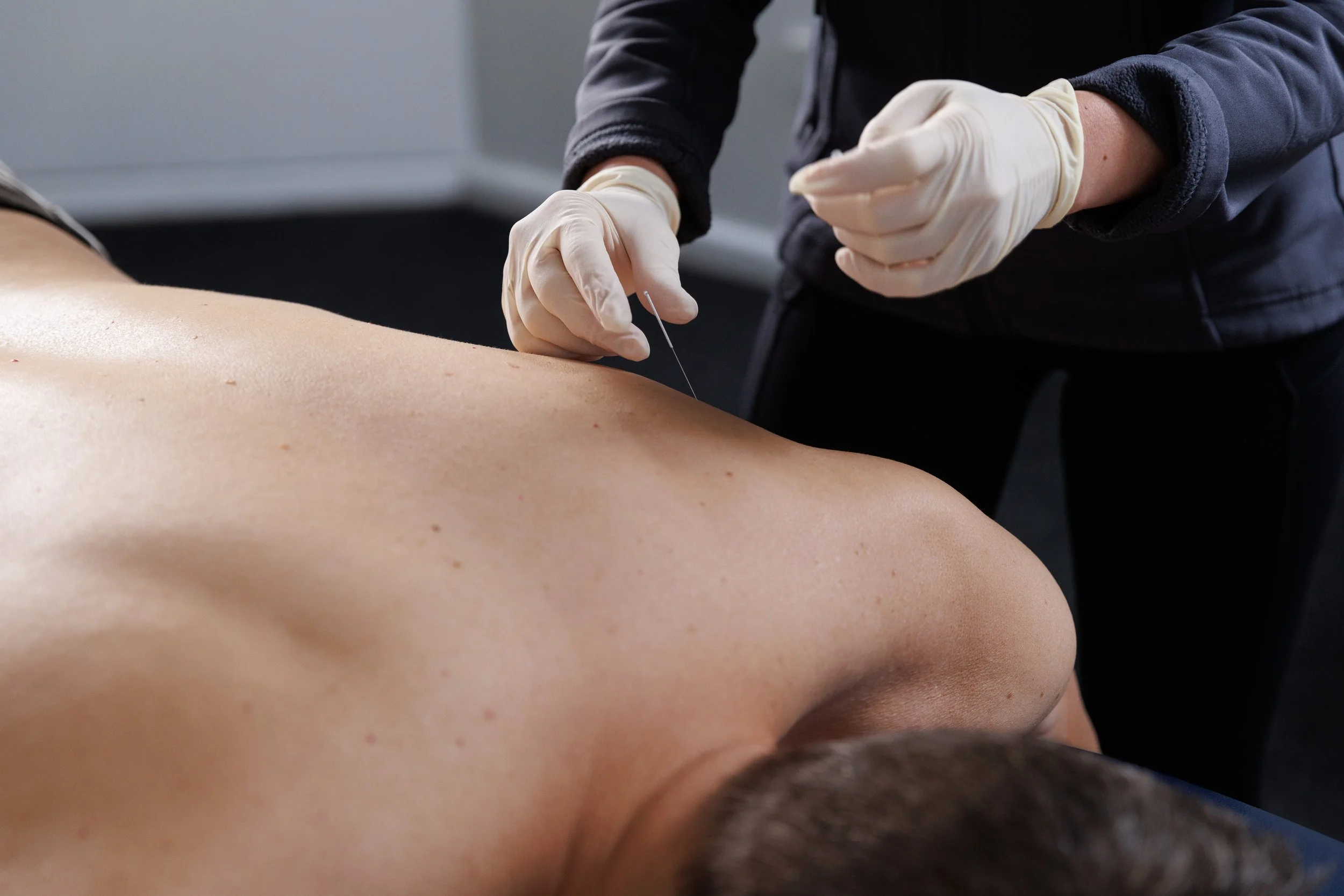Dry Needling
Dry needling targets muscular trigger points which are the direct and palpable source of pain. Compression of a trigger point may elicit local tenderness, referred pain, or local twitch response which releases muscle tension & pain.
The Procedure:
The therapist inserts a filiform needle into the skin and muscle directly at a trigger point. A trigger point consists of multiple contraction knots, which are related to the pain.
Dry needling has some similarity to acupuncture however dry needling targets the trigger points, which is the direct and palpable source of patient pain, rather than focusing on the traditional “meridians” used in acupuncture.
Dry needling is only performed after discussion with, and consent from, the person being treated. It is not a recommended treatment, nor is it encouraged, in patients with a significant fear of needles.
Pain Treatment:
Dry needling helps reduce muscular pain and improve or restore function for:
Acute and chronic back pain
Chronic neck pain
Tension type and migraine headaches
Pelvic girdle pain
Knee osteoarthritis
Lateral elbow pain
Shoulder conditions
Treating Physiotherapists

